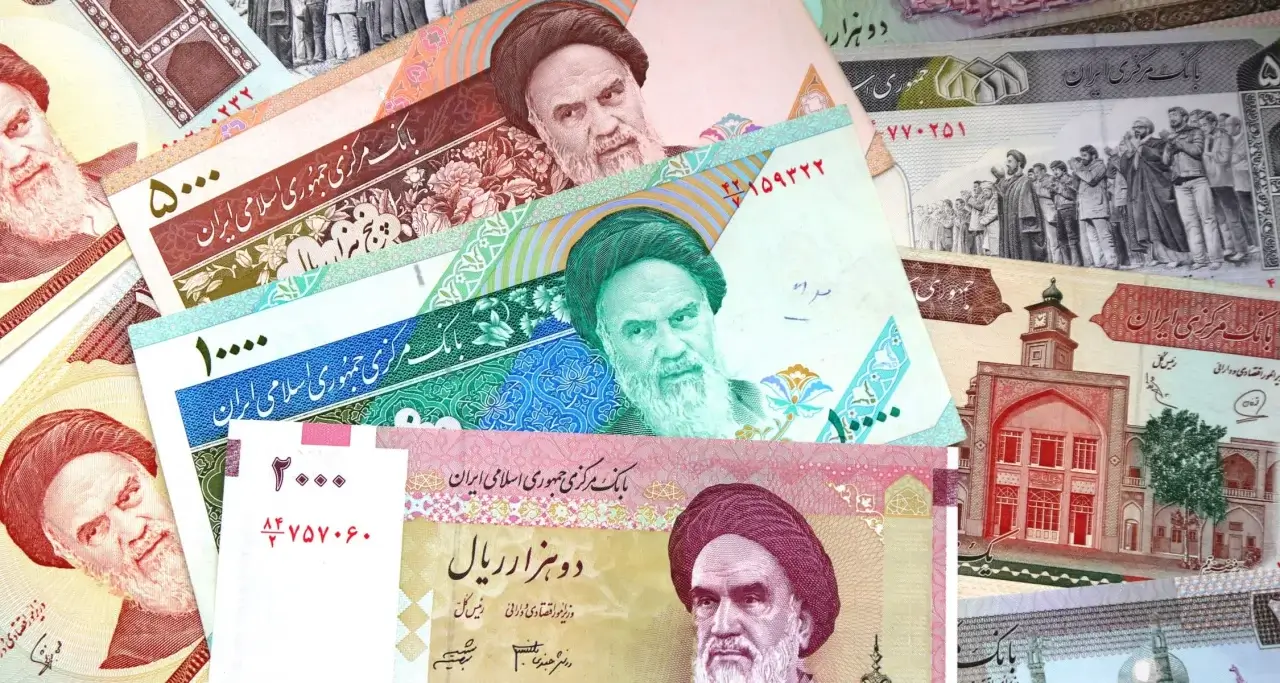
Major changes are expected in Iran’s national currency. In order to eliminate complexities in the country's financial system, simplify accounting, and make the economic system more efficient, the state leadership is stepping toward currency reform. This was reported by the Financial Times.
It is reported that the economic committee of Iran's parliament has approved the main provisions of a new draft law and supported the initiative to shorten four zeros from the national currency — while keeping the rial. According to it, 1 new rial will be equal to 10,000 old rials.
This reform is expected not only to significantly reduce the cost of producing paper money but also to greatly simplify the country’s economic calculation processes. In addition, with the introduction of the new currency unit, it is planned to improve the public’s trust and attitude toward money and ensure price stability.
It is also added that new small coins — girons — will be introduced into circulation in Iran. 1 new rial will be divided into 100 girons. This is also aimed at creating convenience in the retail sector.
It is worth noting that five years ago, Iran's parliament also raised the issue of changing the national currency unit, and at that time, the name "toman" was expected to be introduced instead of the rial. Then, 1 toman was supposed to equal 10,000 rials. However, this initiative was not fully implemented.
If the new plan is realized, a new era may begin in Iran’s economy. Especially for countries with a high inflation rate, such denomination reforms can produce effective results, as proven by international practice.
Currently, discussions around the draft law are ongoing in parliament. If the decision is approved, there will be a significant shift in Iran’s monetary policy. This, in turn, is expected to positively affect the country’s financial stability and international economic relations.
Read “Zamin” on Telegram!













